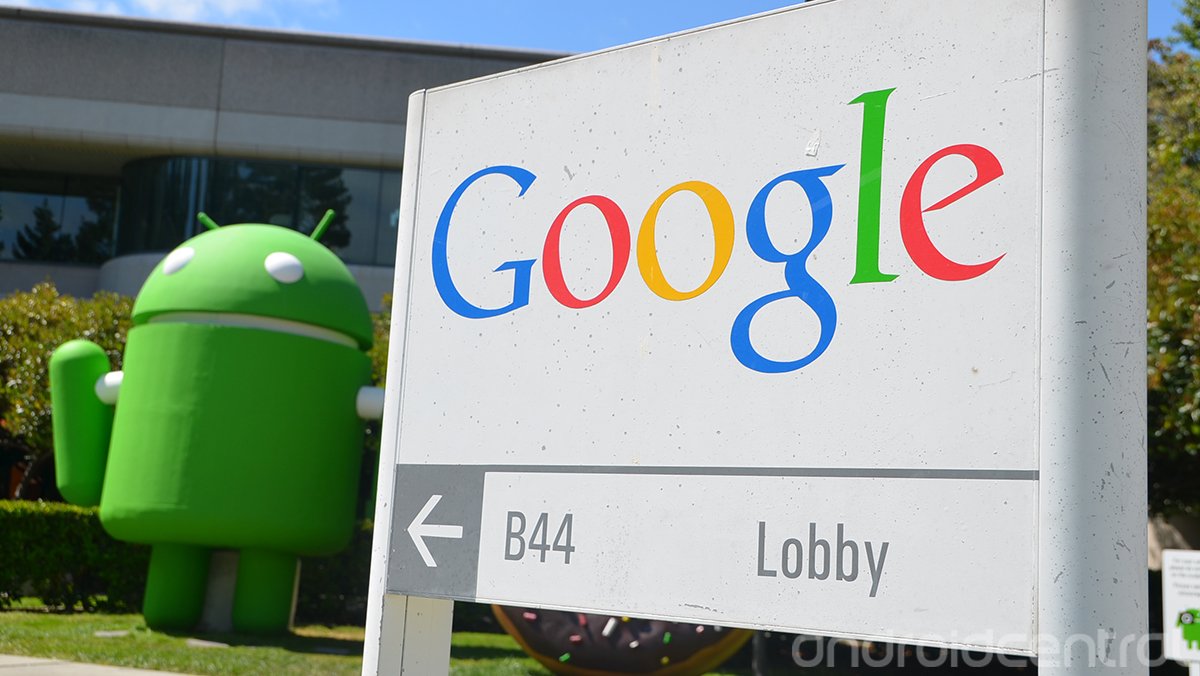The Google Watch with Google Now - A wearable computer for the present

The future of computing is mobile, and the future of mobile is wearables. Google knows this; so does LG, Samsung and Apple. That’s why all four are rumored to be working on their own smart watches. Google’s, it’s reported, will run Android, and might be with us sooner rather than later.
The Pebble smart watch has already proved the appetite for this kind of product as a smartphone companion device. The appeal is obvious -- the ability to keep tabs on email, messages, calls, music playback, etc. using a device that’s always on your person. Relief from the burden of constant phone-checking (or at least, a weaning of users onto constant watch-checking instead.) It’s no wonder Google and others want a piece of that pie.
Glass is for the future
Sure, a smart watch might not be as sexy as a futuristic headset like Google Glass. But it’s also nowhere near as risky a proposition, not to mention easier to get into consumers’ hands using Google’s existing infrastructure and software. (Think Android and the Google Play Store.) Make no mistake -- Google faces an uphill struggle in making Glass a success. It’s a potentially revolutionary class of product, but the barriers to ownership and acceptance are immense. For the moment it’s expensive -- $1500 for the Explorer Edition. It’s also a highly visible accessory that draws attention to its user -- and not necessarily in a positive way. Its being at eye height means you can’t not notice it, and the presence of a camera will be a cause of unease for some.

For those reasons, we’ve already started to witness some blow-back against Google’s smart glasses. A Seattle dive bar famously issued a pre-emptive ban. State legislators in the U.S. are pondering a ban on Glass while driving. In the UK, anti-Glass pressure group Stop the Cyborgs has made the news in recent weeks. And it isn’t all scaremongering and publicity stunts -- there are some real privacy, safety and security issues around Glass that’ll need to be resolved in the coming years.
Glass is for the future. The present needs a different kind of wearable computer, and the Google Watch fits that bill. Google’s smart watch should offer its own unique benefits in a less obtrusive package. The larger footprint of a watch would allow traditional (low-power) smartphone innards to be used, presumably alongside a standard touchscreen of some sort. And if Google’s to use Android on its smart watch, as is reported, then it’s already got a ready-made, mature mobile platform to build off. All the individual pieces Google needs to make a really great smart watch already exist, and the path to release is much smoother.
Android on a watch
Be an expert in 5 minutes
Get the latest news from Android Central, your trusted companion in the world of Android
But Android on a watch isn’t going to look a whole lot like Android on a phone -- it’s a completely different class of device. Consider, for instance, the problem of text entry on a screen so small. Whereas most smartphones are built around a central home screen launcher, a watch needs to offer information at a glance, and perhaps the ability to launch additional apps where it makes sense. That requires a radical re-thinking of the UI most of us are familiar with, even if under the hood it’s the same old Android running the show. Being an embedded OS, of course, Android can look like anything -- a phone, a tablet, an oven.
Almost a year ago our own Phil Nickinson asked whether Google Now, Google's predictive search app, might someday replace the traditional Android home screen. There’ve been a few baby steps towards that with the Google Now widget, apps like DashClock and more content-centric home screen implementations like HTC BlinkFeed. But the natural place to put Google Now -- the place that makes so much sense that it can’t possibly not happen -- is on the Google Watch.

Wearing Google Now
It’s a perfect fit, and it brings a whole new meaning to the term “timely information.” Google Now is easy enough to get to on most Android devices, but on phones and tablets it’s hidden behind either a swipe gesture or a few button presses. At a more basic, physical level, there’s the problem of actually having to extract your phone from your pocket, then unlock it and find Google Now.
This is exactly what smart watches aim to remedy -- the constant need to check your phone. Watches, as a product category, are all about fast access to timely, relevant information. So when Google’s smart watch eventually arrives, Google Now should be front and center, providing single-glance access to not just the time and any pending notifications, but the weather, transit directions, appointments, sports scores, boarding passes and more. In doing so, it could elegantly fit into a new role as the face of the Google Watch.
Search is Google’s bread and butter, and Google Now has shown us that the future of search is predictive and personal. Android has always been about hooking users’ mobile lives into Google’s products, and recently that's expanded to include predictive search. As an Android product, Google’s watch, if and when it arrives, should be a continuation of Android's mission. And if Google Now is the center of that experience, it might just be the ideal wearable device for the here and now.

Alex was with Android Central for over a decade, producing written and video content for the site, and served as global Executive Editor from 2016 to 2022.